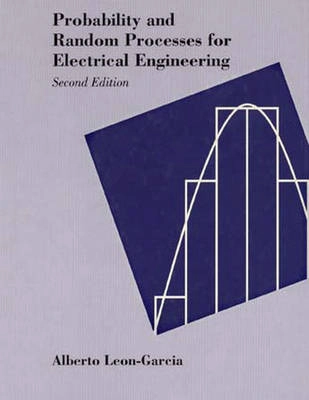This book offers an interesting, straightforward introduction to probability and random processes. While helping readers to develop their problem-solving skills, the book enables them to understand how to make the transition from real problems to probability models for those problems. To keep users motivated, the author uses a number of practical applications from various areas of electrical and computer engineering that demonstrate the relevance of probability theory to engineering practice. Discrete-time random processes are used to bridge the transition between random variables and continuous-time random processes. Additional material has been added to the second edition to provide a more substantial introduction to random processes.
The book's first five chapters form the basis of a traditional, introduction to probability and random variables. In addition to the standard topics, it offers optional sections on modeling, computer methods, combinatories, reliability, and entropy. Chapters 4 through 9 can accommodate a one-semester senior/first-year graduate course on random processes and linear systems, as well as Markov chains and queuing theory. Additional coverage includes cyclostationary random processes, Fourier series and Karhunen-Loeve expansion, continuity, derivatives and integrals, amplitude modulation. Wiener and Kalman filters, and time reversed Markov chains.
Features
Chapter overviews: brief introduction outlining chapter coverage and learning objectives. Chapter summaries: concise, easy-reference sections providing quick overviews of each chapter's major topics. Checklist of important terms. Annotated references: suggestions of timely resources for additional coverage of critical material. Numerous examples: a wide selection of fully worked-out real-world examples. Problems: over 700 in all.
Åtkomstkoder och digitalt tilläggsmaterial garanteras inte med begagnade böcker





















